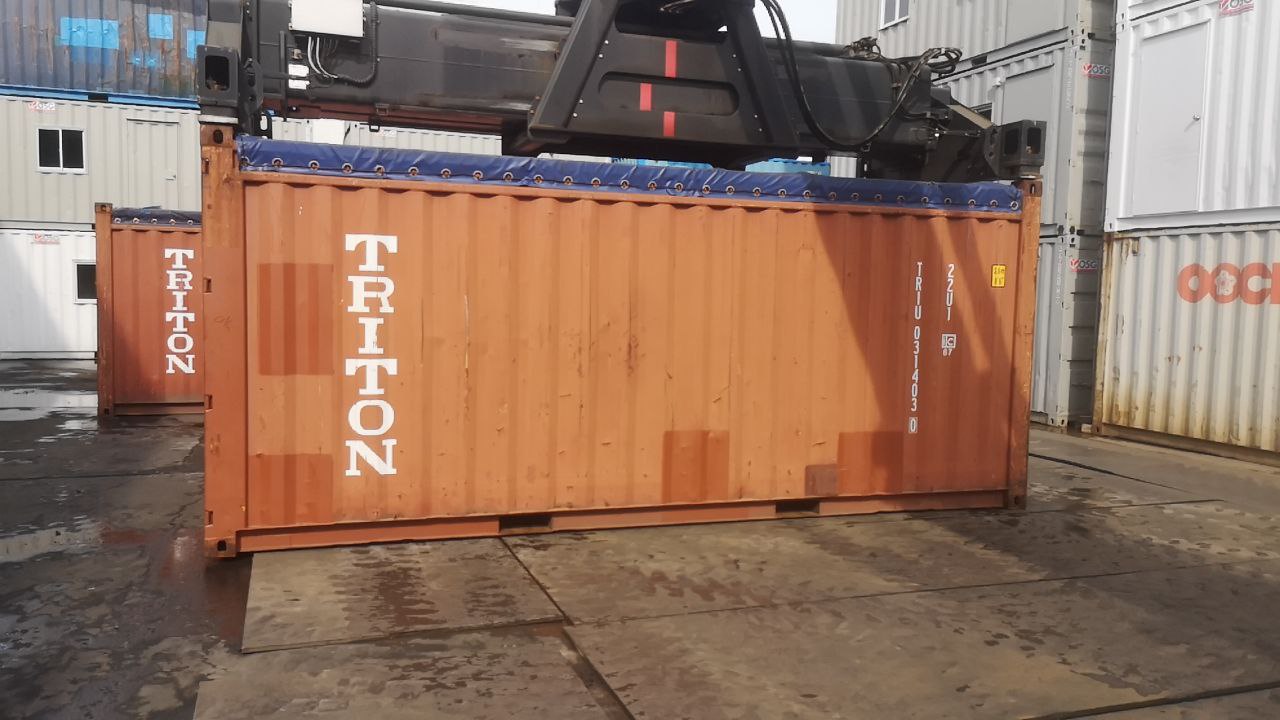How to Insulate Your Shipping Container for Comfortable Living

Shipping containers are a versatile and cost-effective solution for creating homes, offices, and other living spaces. However, one of the key challenges in making a shipping container livable is ensuring proper insulation. Without it, temperature extremes and condensation can make your container uncomfortable and even unhealthy. In this article, we’ll explore effective methods for insulating your shipping container to create a comfortable and energy-efficient living environment.
Understanding the Insulation Challenge
Shipping containers are made of steel, which is an excellent conductor of heat and cold. This means that without proper insulation, your container can become unbearably hot in the summer and frigidly cold in the winter. Additionally, condensation can occur when warm, moist air inside the container meets the cold steel walls, leading to potential mold and rust issues. Proper insulation helps mitigate these problems by creating a barrier between the interior of the container and the outside elements.
Types of Insulation for Shipping Containers
Several insulation options are available, each with its own benefits and drawbacks. Here are some of the most common types:
1. Foam Board Insulation
Foam board insulation is a popular choice for shipping containers. It comes in rigid panels made of polystyrene or polyurethane. These boards are easy to install and provide excellent thermal insulation. They also have a high resistance to moisture, which helps prevent condensation problems.
Installation Tips:
- Cut the foam boards to fit between the container’s interior frame members.
- Secure the boards in place with adhesive or mechanical fasteners.
- Seal any gaps with foam sealant to ensure a complete thermal barrier.
2. Spray Foam Insulation
Spray foam insulation is applied as a liquid that expands into a thick foam, filling gaps and crevices. It provides a high R-value per inch and excellent air sealing properties. This makes it an effective solution for insulating irregular spaces and creating a tight seal against air leaks.
Installation Tips:
- Hire a professional to apply spray foam insulation, as it requires specialized equipment.
- Ensure proper ventilation during and after application to avoid inhaling fumes.
- Allow adequate curing time before finishing the interior.
3. Fiberglass Insulation
Fiberglass insulation is available in batts or rolls and is known for its affordability and ease of installation. It’s a popular choice for residential applications and can be used effectively in shipping containers with proper installation.
Installation Tips:
- Install fiberglass batts between the interior framing members, ensuring they fit snugly.
- Cover the insulation with a vapor barrier to prevent moisture infiltration.
- Wear protective gear, such as gloves and a mask, to avoid irritation from the fiberglass fibers.
4. Reflective or Radiant Barrier Insulation
Reflective insulation, often used in conjunction with other types of insulation, works by reflecting radiant heat away from the container. This type of insulation can be particularly useful in hot climates where reducing heat gain is essential.
Installation Tips:
- Install reflective insulation on the interior walls and ceiling.
- Ensure there is an air gap between the reflective insulation and the container’s metal walls to maximize effectiveness.
- Combine with other insulation types for better overall performance.
Additional Considerations
- Ventilation: Proper ventilation is crucial when insulating a shipping container. Without it, moisture buildup and poor air quality can become issues. Install vents or an HVAC system to ensure good airflow and reduce humidity levels inside the container.
- Interior Finish: Once insulation is installed, you’ll need to finish the interior of the container. Options include drywall, plywood, or paneling. Make sure to use materials that are compatible with your insulation type and consider adding additional layers of insulation if necessary.
- Doors and Windows: Insulating doors and windows is as important as insulating the walls and ceiling. Use weather stripping to seal gaps around doors and windows, and consider insulated window coverings to enhance thermal performance.
Conclusion
Insulating your shipping container is essential for creating a comfortable and energy-efficient living space. By choosing the right insulation materials and following proper installation techniques, you can transform your container into a cozy, well-protected home. Whether you opt for foam board, spray foam, fiberglass, or reflective insulation, each method has its own advantages and can be tailored to suit your specific needs. With the right insulation and attention to detail, your shipping container can provide a comfortable and inviting living environment year-round.

